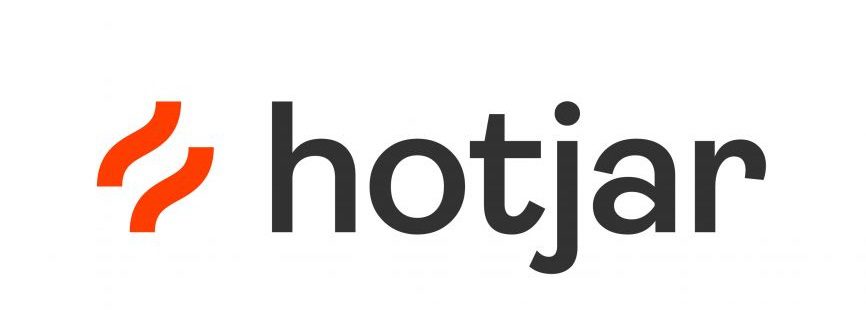The UK government is set to implement Martyn’s Law, officially known as The Terrorism (Protection of Premises) Act 2025, a new piece of legislation designed to enhance public safety and security at venues across the country. This law, driven by the tragic events at the Manchester Arena in 2017, will place new responsibilities on a wide range of public spaces.
The Terrorism (Protection of Premises) Act 2025 received Royal Assent on April 3, 2025, and while an implementation period of at least 24 months is anticipated to allow for the establishment of the regulator (the Security Industry Authority – SIA) and for businesses to prepare, the time for venues to start planning is now.
The core purpose of Martyn’s Law is to ensure that those responsible for publicly accessible locations are prepared for, and can respond to, terrorist attacks. It aims to embed a culture of security, ensuring that appropriate and proportionate measures are in place to protect people. This will affect a wide array of public spaces, including but not limited to, community centres, places of worship, libraries, museums, galleries, theatres, sports grounds, and larger entertainment venues.
Key Adaptations Venues Will Need to Make:
Martyn’s Law will introduce a tiered approach based on the capacity of the venue, impacting a significant number of organisations:
- Standard Tier: This is expected to apply to venues with a capacity of 200 to 799 individuals. Key requirements will likely focus on undertaking risk assessments and implementing “reasonably practicable” and low-cost security measures. This will also involve providing staff with appropriate terrorism protection training and preparedness plans.
- Enhanced Tier: Venues with a capacity of 800 or more individuals will fall under this tier. They will face more stringent requirements, including conducting detailed risk assessments, developing and maintaining a comprehensive security plan, and potentially implementing physical security measures such as CCTV, intruder detection, and secure communication systems. They will also need to formally notify the SIA of their premises and appoint a designated senior individual responsible for compliance.
- Risk Assessment and Planning: All in-scope venues will need to formally assess the terrorism risks they face and develop clear procedures for how they would respond in the event of an attack. This includes plans for evacuation, invacuation (lockdown), and communication with staff and the public.
- Staff Training: A crucial element will be ensuring that staff are adequately trained to understand the risks, identify suspicious activity, and know how to enact security procedures effectively.
- Collaboration with Authorities: Enhanced Tier venues, in particular, will likely need to demonstrate collaboration with local authorities and emergency services.
Technological Support for Compliance:
Understanding and implementing the requirements of Martyn’s Law can seem daunting. Various technology solutions can support venues in meeting their new obligations. These can range from straightforward, out-of-the-box systems to fully customised solutions designed around the unique layout and risk profile of a venue. Such technologies may include:
- Public Address and Voice Alarm (PAVA) Systems: Crystal-clear, reliable communication is vital during an incident. Advanced PAVA systems, integrated with emergency alerts, can ensure instructions reach everyone effectively.
- CCTV and Surveillance: Modern CCTV systems offer high-definition imagery, intelligent analytics, and remote access, forming a key part of any security plan and meeting both surveillance and data protection requirements.
- Access Control and Intrusion Detection: Managing who has access to different areas of a venue and detecting unauthorised entry are critical. Robust access control systems and intruder alarms can be implemented.
- Digital Signage and Information Displays: Beyond advertising, digital displays can be crucial for disseminating emergency information and guidance during a crisis.
- Integrated Control Rooms: For larger venues, centralised control rooms can bring together feeds from CCTV, PAVA, and other security systems for a comprehensive overview and coordinated response.
When considering these solutions, it is beneficial to work with providers who can conduct thorough site assessments, understand specific risks, and design tailored systems that integrate seamlessly with existing operations. This could involve complex network integrations, specialised audio zoning, or phased implementations.
Adapting to new legislation can also bring financial considerations. Flexible financing and purchase options may be available to meet the varying budgetary needs of different venues, whether through outright purchase, phased investment, or managed service agreements.
Don’t wait until the deadline approaches. The time to prepare for Martyn’s Law is now.
To discuss your venue’s specific needs and learn how expertise in technology solutions can help you create a safer environment for your staff and visitors, ensuring you meet and exceed the requirements of this important new legislation, you can contact XMA today. Talk to your Account Manager or email; enquiries@xma.co.uk.












 Monitoring by Hotjar
Monitoring by Hotjar